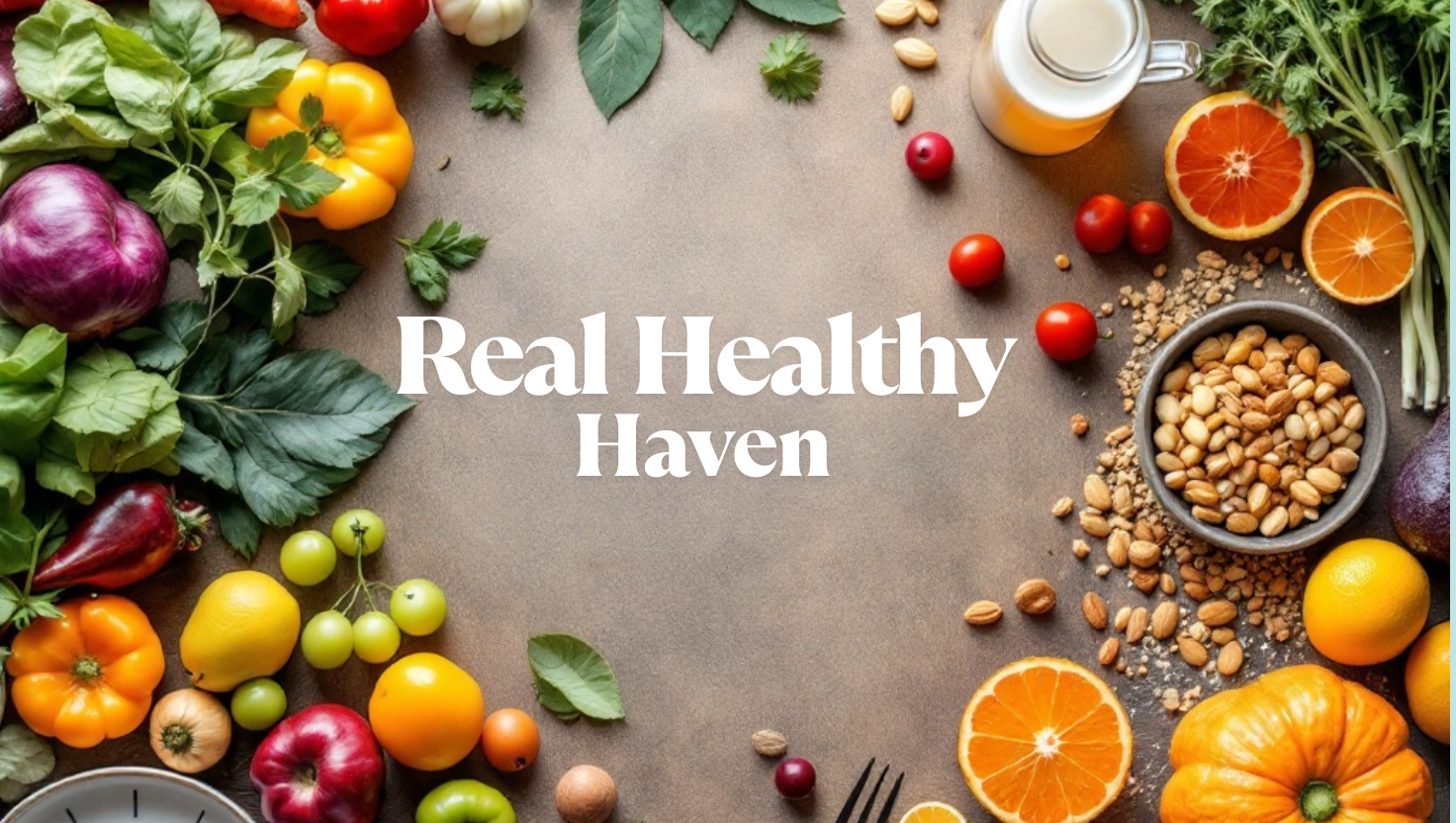In today's health-conscious world, it can be overwhelming to navigate the various diets and wellness trends. Whether you're interested in plant-based living, fasting, or superfoods, this guide simplifies the science and strategies behind the top health trends. Let's discover how to use these tools for a vibrant, balanced life.
1. Plant-Based Diets: More Than Just a Fad
What It Is: A focus on plant-derived foods like vegetables, grains, nuts, and legumes while reducing or eliminating animal products.
Types: Vegan (no animal products), vegetarian (no meat), and flexitarian (mostly plant-based with occasional meat).
Benefits:
- Associated with lower risks of heart disease, diabetes, and obesity (American Heart Association).
- Environmentally friendly: Reduces carbon footprint by up to 73% (Oxford Study).
- Protein Tips: Combine lentils, quinoa, tofu, and chickpeas for complete proteins.
- Quick Recipe: Try a Buddha bowl with roasted veggies, quinoa, avocado, and tahini drizzle.
Who It's For: Individuals concerned about the environment, managing chronic conditions, or looking for nutrient-rich meals.
2. Intermittent Fasting (IF): Timing Is Key
What It Is: Alternating between eating and fasting periods. Popular methods include:
16:8: Fast for 16 hours, eat within an 8-hour window.
5:2: Eat normally for 5 days, restrict to 500–600 calories on 2 non-consecutive days.
Benefits:
- Weight loss, improved insulin sensitivity, and cellular repair (via autophagy).
- Simplifies meal planning.
- Myth-Busting: IF doesn't lead to muscle loss if protein intake is adequate.
- Pro Tip: Start with a 12-hour fast and gradually increase. Stay hydrated with herbal teas during fasting.
Who It's For: Busy professionals, individuals seeking weight loss, or those aiming to improve metabolic health.
3. Keto: Using Fat as Fuel
What It Is: A high-fat, low-carb diet (70% fat, 25% protein, 5% carbs) that induces ketosis, burning fat for energy.
Benefits:
- Rapid weight loss, reduced appetite, and potential cognitive benefits.
- Challenges: "Keto flu" (fatigue, headaches) during adaptation. Combat with electrolytes.
- Modern Twist: "Keto 2.0" focuses on avocados, nuts, and olive oil over processed meats.
- Recipe Idea: Zucchini noodles with avocado pesto and grilled salmon.
Who It's For: Individuals looking for quick results, managing epilepsy, or exploring metabolic flexibility.
4. Gut Health: The Core of Your Well-Being
Why It's Important: 70% of your immune system and 90% of serotonin (the "happy hormone") are located in the gut.
Key Components:
- Probiotics (live bacteria): Found in yogurt, kefir, sauerkraut, and supplements.
- Prebiotics (fiber): Nourish good bacteria with foods like garlic, onions, bananas, and oats.
- Signs of Poor Gut Health: Bloating, fatigue, and skin problems.
- Solutions: Diversify fiber intake, reduce sugar, and manage stress.
Pro Tip: Drink bone broth or kombucha for gut-friendly benefits.
5. Superfood Focus: Turmeric & Probiotics
Turmeric:
- Active Compound: Curcumin (anti-inflammatory, antioxidant).
- Usage: Add to golden milk, soups, or smoothies. Combine with black pepper for better absorption.
Probiotics:
Benefits:
- Improve digestion, immunity, and mental clarity.
- Sources: Greek yogurt, kimchi, miso, and supplements like Align or Culturelle.
- Recipe: Turmeric-spiced roasted cauliflower with a side of kimchi.
How to Combine These Trends
Plant-Based Keto: Incorporate avocado, coconut oil, and tempeh.
IF + Gut Health: Break your fast with a smoothie rich in probiotics.
Superfood Boost: Add turmeric to your meal after fasting for anti-inflammatory benefits.
Conclusion:
Your Personalized Wellness Journey
There's no one-size-fits-all approach. Sarah, a 32-year-old teacher, lost 20 pounds by combining plant-based meals with 16:8 fasting. Meanwhile, Mark, a CEO, swears by keto and daily probiotics for focus. Experiment, listen to your body, and consult a healthcare provider before making significant changes.
